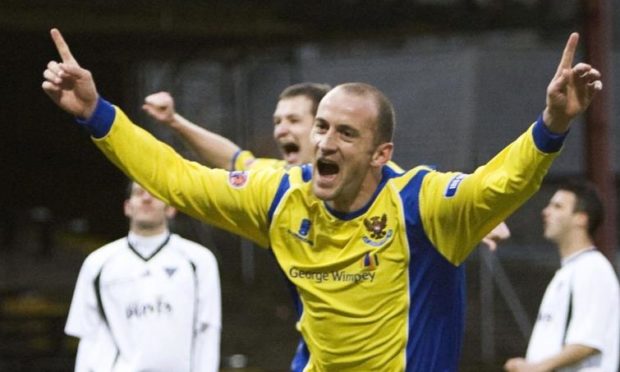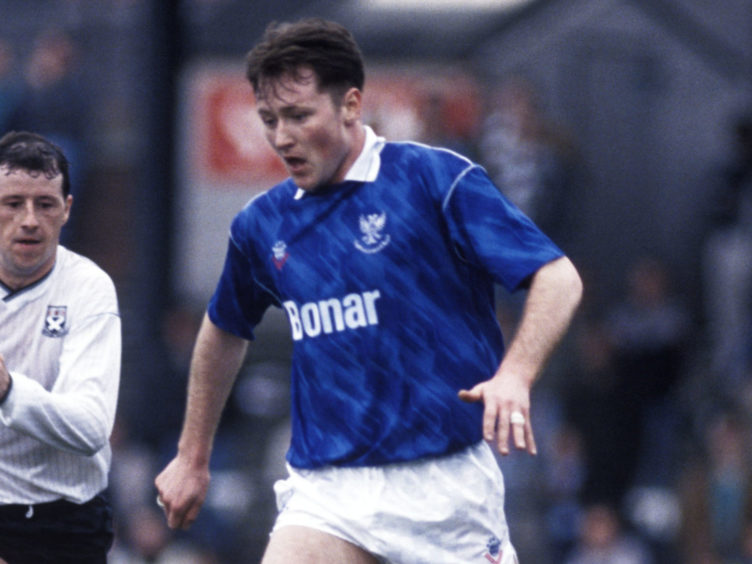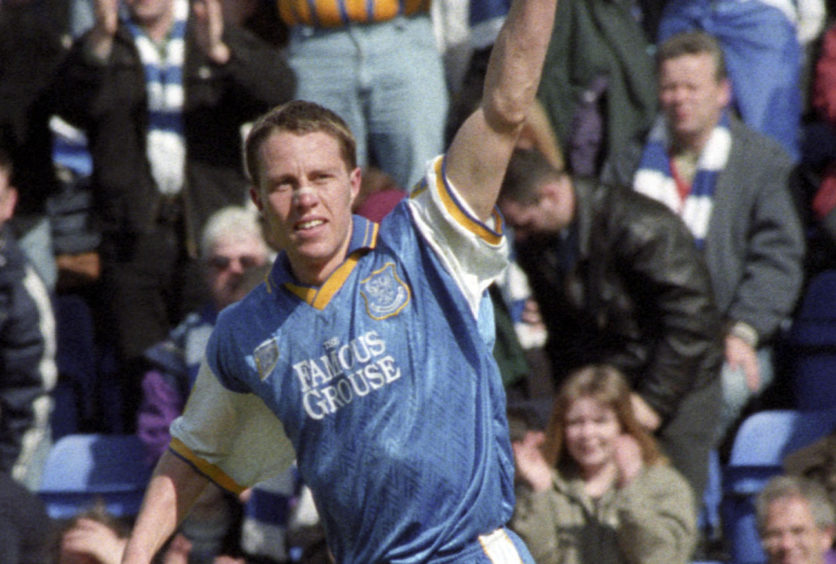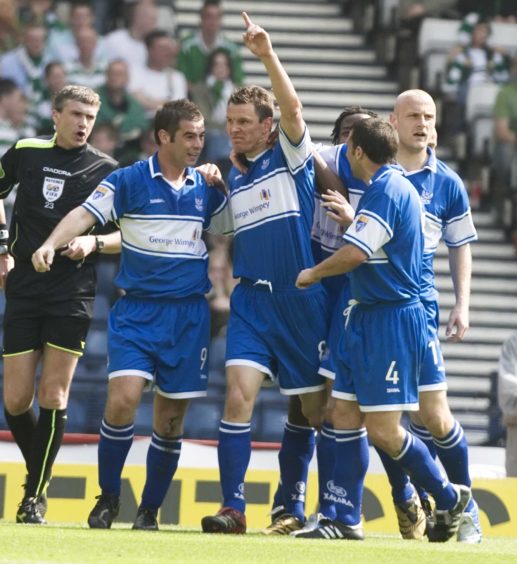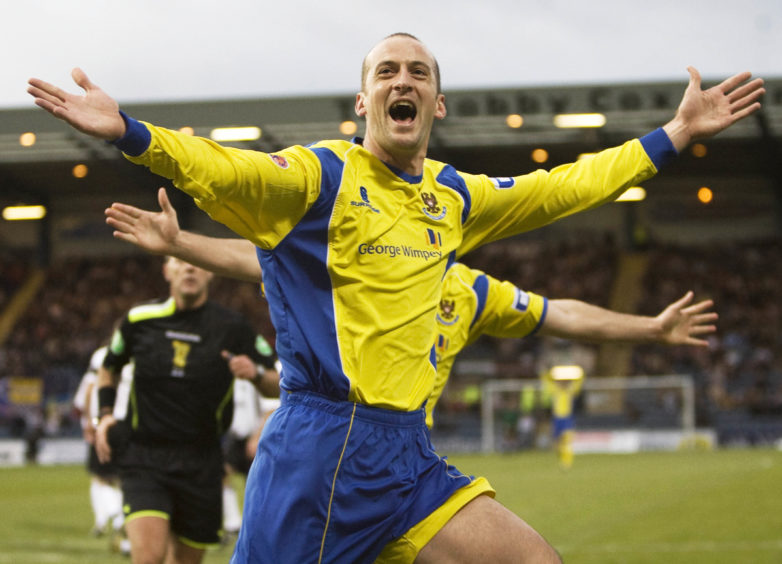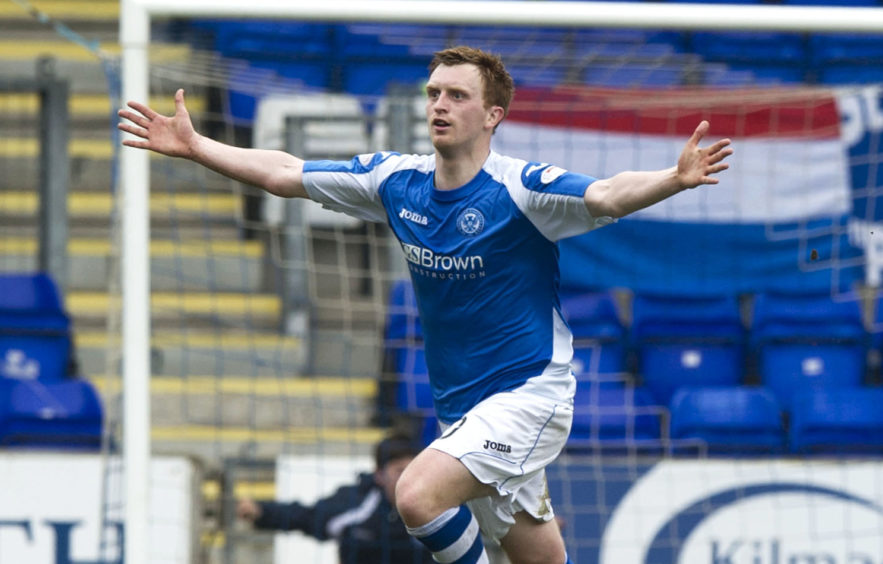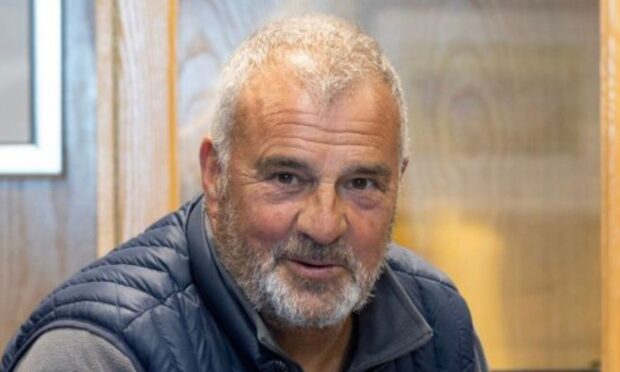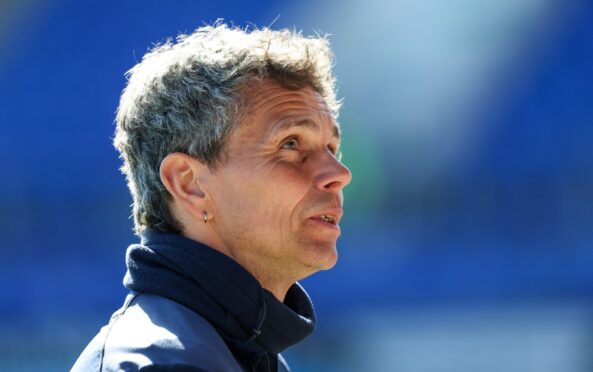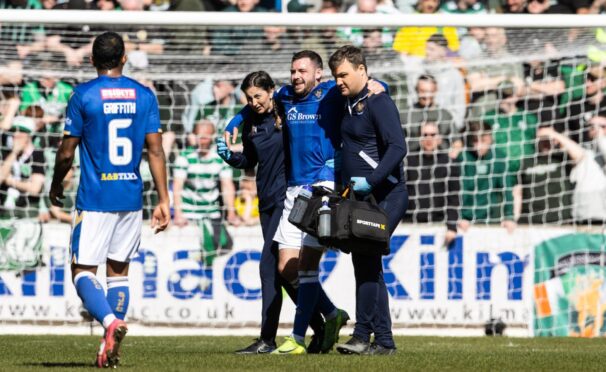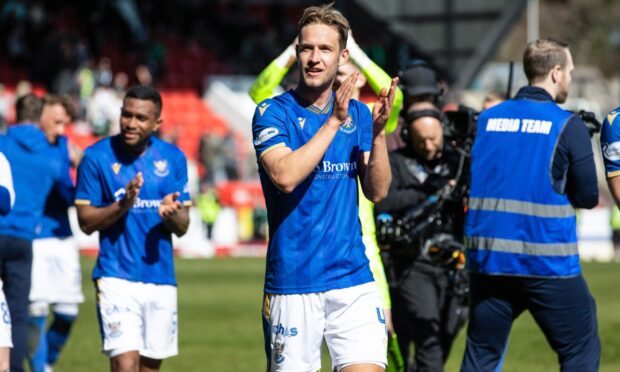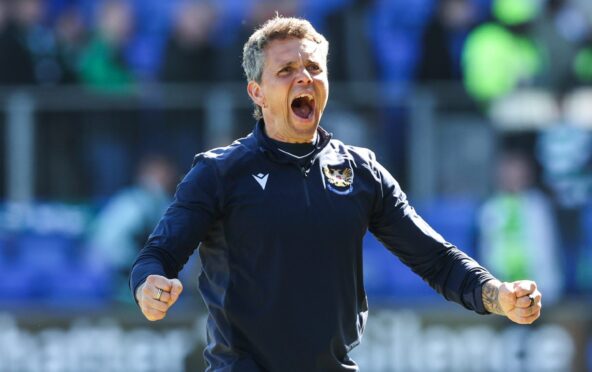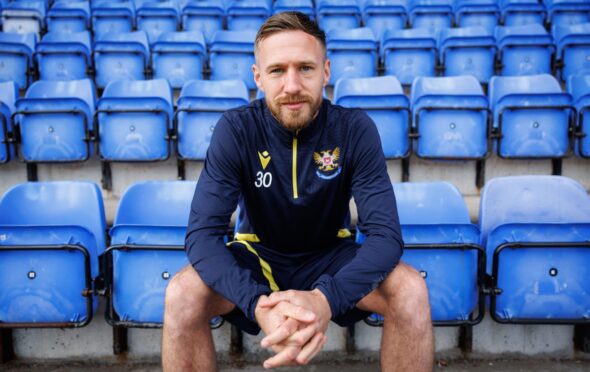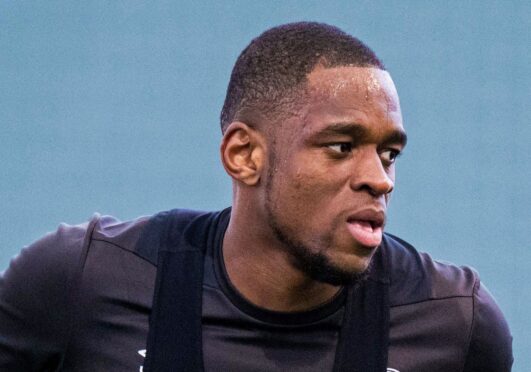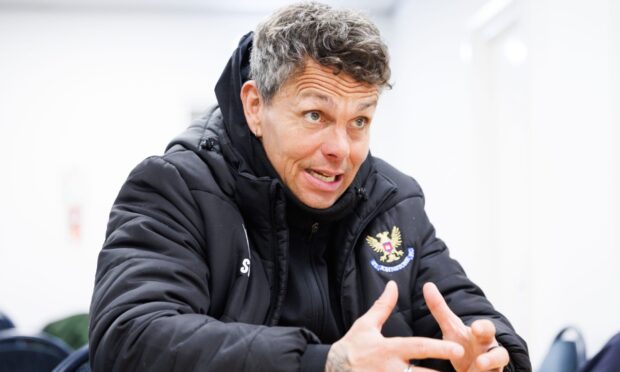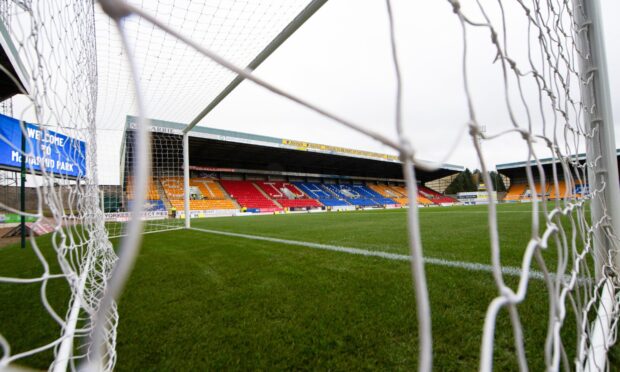Goalscoring midfielders are the gold dust of professional football at all levels of the game – and St Johnstone have had their share.
Ali McCann’s four strikes in seven league games last season introduced him as Saints’ latest one but a change in role this campaign has restricted him to just two so far for 2020/21.
In honour of Paul Sheerin’s weekend return to McDiarmid Park as Aberdeen caretaker boss, Courier Sport looks back at five midfield goal getters who have given Perth strikers a run for their money.
1 Harry Curran
The first genuine Saints goalscoring midfielder of the McDiarmid Park era.
Harry Curran equalises for St Johnstone in the 1991 Scottish Cup semi-final against Dundee United at East End Park. pic.twitter.com/qL48jniKZD
— St Johnstone 1884 (@stjohnstone1884) March 23, 2021
A fringe player at Dundee United before he was signed by Alex Totten, his breaks forward were a crucial component of the attack-minded promotion-winning team of 1989/90 and in their early years back in the top flight.
The timing of his runs, rather than skill or strength, was Curran’s primary asset. Will forever be a part of club history for scoring the first home goal at the new stadium.
2 Philip Scott
A different type of player to Curran and is probably the closest like-for-like comparison with McCann. Scott’s game was built around impressive athleticism and the local lad, who learned his trade with Scone Thistle juniors, was the archetypal box to box midfielder.
📅📼 – On This Day – 1994 – @JamTarts & St Johnstone played out an entertaining 2-2 draw at Tynecastle@Detroit67Book @jamb0skickback @maroonspecs pic.twitter.com/vKQF1ZbHDr
— Amoruso Lets It Run (@Amoruso1998) April 6, 2021
Like Curran, who thrived with Gary McGinnis and Paul Cherry sitting, Scott was at his most effective when Nick Dasovic and/or Attila Sekerlioglu were content to hold.
Stats of 27 goals in 134 appearances for Saints before he was sold to Sheffield Wednesday are impressive, even more so his 13 goals in 12 appearances in the First Division title side of 1996/97, including three doubles in the space of a fortnight.
3 Martin Hardie
Hardie had better than a one in four goal average in his few seasons with Saints.
He was a force of nature in 2006/07 under Owen Coyle as the McDiarmid side reeled in Gretna.
His late winner in a January game between the two sides kept Saints in the title hunt and Hardie went on to score 10 times in the last 15 games of that campaign, twice in the final match at Hamilton.
Saints were running on empty. They'd played 11 games in 48 days and were off the back of a draining semi-final defeat. They couldn't afford to slip up as Gretna crumbled. One man was proving a colossus. From this day in 2007, Martin Hardie steps up again. pic.twitter.com/5JduES2c3s
— St Johnstone 1884 (@stjohnstone1884) April 17, 2020
That cruelly proved to be for nothing when James Grady scored deep into injury-time in Dingwall to break Perth hearts.
There was also a goal in the Scottish Cup semi-final against Celtic in his peak season with Saints.
Hardie, the best ball-winner of these five players, played his part in the promotion team managed by Derek McInnes and scored a couple in the top flight, before going on to effectively clinch a league title for Dunfermline with one of his trademark free-kicks.
4 Paul Sheerin
It’s unusual to have two goalscoring midfielders in one team but Sheerin was every bit as dangerous as Hardie.
One of the few players to look good in John Connolly’s struggling side, he really started to prosper under Coyle and then McInnes.
In that 06/07 campaign he scored eight times in the early months before Hardie took over.
Goal of the day: Paul Sheerin shows fine feet before finishing fantastically in a 2-0 win over Dundee in 2008. pic.twitter.com/Wbh3TjvqSa
— St Johnstone Fans (@StJohnstoneFans) September 14, 2016
Sheerin was one of the classiest Saints players of the last couple of decades with a lethal left foot that guided many a long range shot into the top corner and a penalty to help win the Challenge Cup against Dunfermline at Dens Park.
5 Liam Craig
Talking of lethal left feet, Craig was Sheerin’s McDiarmid Park heir on that front.
These days a sitting midfielder, organising and probing after picking the ball up off his back four, the former Falkirk man was renowned for his attacking qualities as a younger Saints player.
Like the others on this list, Craig was a promotion winner in blue and white but he really made his name in the top division.
He reached double figures in the club’s first year back with the big boys and remained a consistent goalscorer after that, only dipping below six a season recently when his role has changed.
Liam Craig scored this cracking long range effort in a 2-0 win over Motherwell back in May 2013.
On that day Saints finished the season in 3rd place and qualified for the Europa League.@lc10media #day14 pic.twitter.com/oNYiBr89Uj
— St. Johnstone FC News (@sjfcnews) June 14, 2020
Craig had signed a pre-contract agreement with Hibs in 2012/13 but still scored eight times, the most crucial goal coming in a last day win against Motherwell to secure a place in the Europa League for the team he was leaving.
In yet another glorious season for player and club, the Betfred Cup winner is still chipping in with precious strikes, none more important than his recent quarter-final penalty and his league 25-yarder against former club, Hibs.
